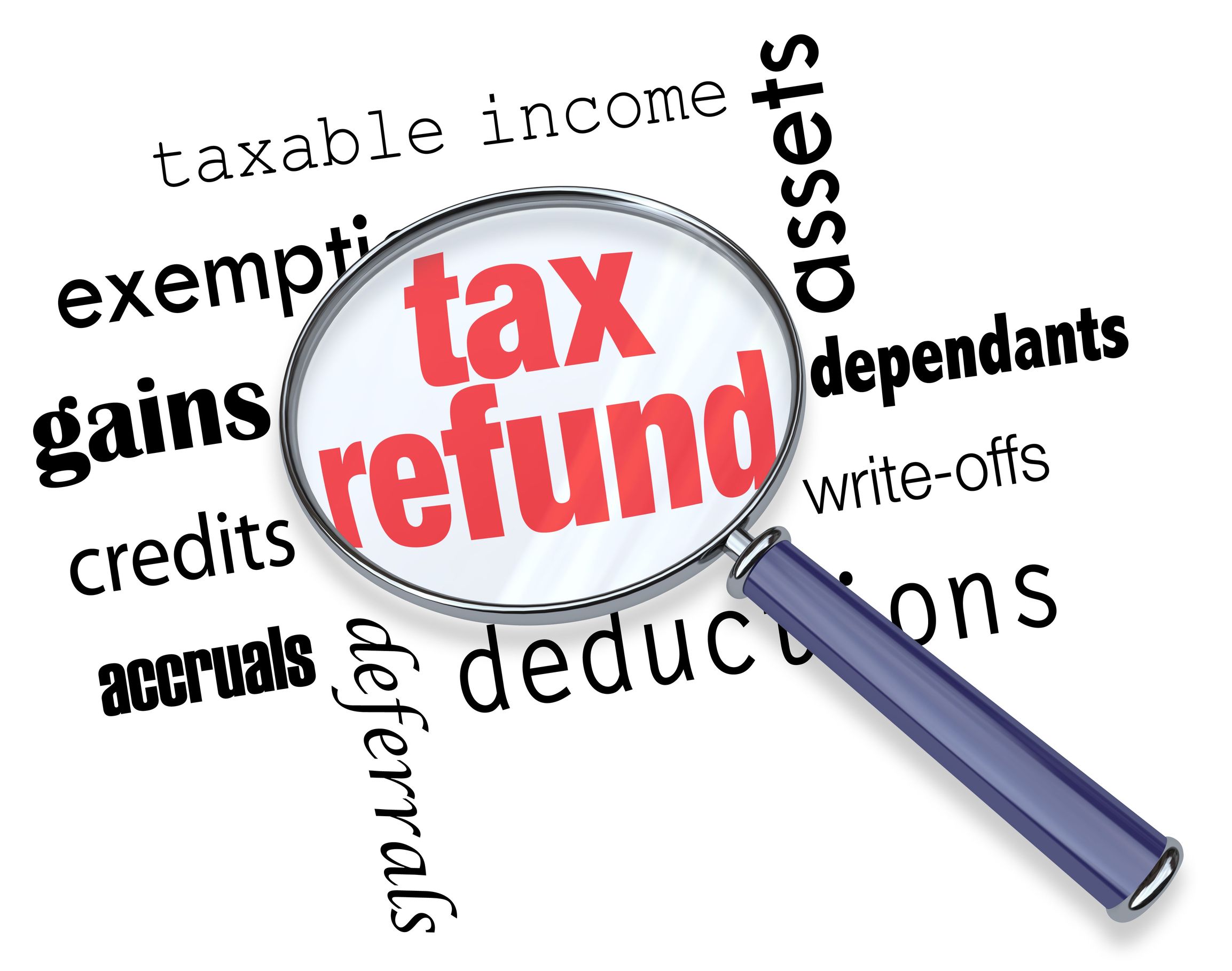SEC Regulation D includes various exemptions to the registration requirements of the Securities Act that many new businesses often depend on for issuing securities offerings to potential investors. There are two exemptions to the general securities registration requirement – Rule 506(b) and Rule 506(c). If they comply with certain Regulation D requirements as detailed in these exemptions, issuers are permitted to raise funds without registering their securities offering with the SEC. Below we look at the differences between Rule 506(b) verification and Rule 506(c) verification of accredited investor status.
Rule 506(b) Verification
Operating under Rule 506(b), a startup may accept as many accredited investors as it wants in addition to up to 35 non-accredited investors. The company may also raise unlimited capital under Rule 506(b). There is also no lengthy procedure required under 506(b) to verify the accredited status of investors. The issuer may simply accept the word of the investor.
However, the issuer should screen every Rule 506(b) accredited investor by means of a Questionnaire the investor fills out and submits. If the issuer fails to screen each investor and one investor is exposed afterward as not being an accredited investor, the entire securities offering may be flagged by the SEC as illegal. It is risky to use untrained staff to perform this screening process. And the cost may be prohibitively high if you hire a law firm to complete the 506(b) verification screening.
Outsourcing this compliance work to a third-party accredited investor verification service is the best choice. This type of service provider will provide you with a streamlined method of ensuring compliance with Rule 506(b) offering with respect to the investor verification requirements.
Rule 506(c) Verification
Under Rule 506(c), issuers must perform “reasonable steps” to verify the accredited status of prospective investors to their securities offerings. According to SEC regulations, an issuer may depend on primary documents from an investor to do this, such as W-2s, tax returns, credit reports, or brokerage statements. The issuer may also obtain a letter from the investor’s CPA or licensed lawyer asserting the accredited status of the investor.
In either case – for Rule 506(c) or 506(b) verification – it is strongly recommended that issuers not verify investors themselves, but instead rely on a third party investor verification service to save time and prevent unnecessary errors.


